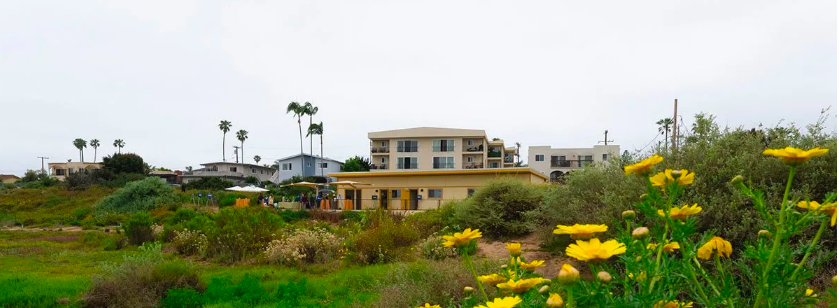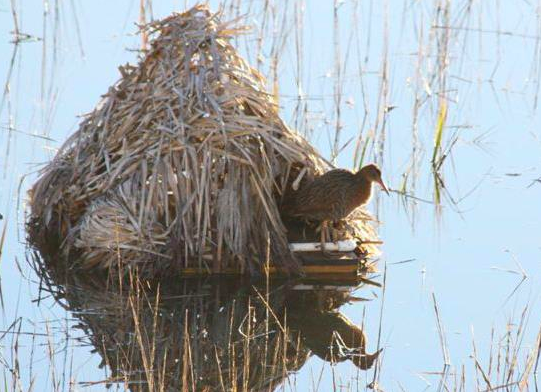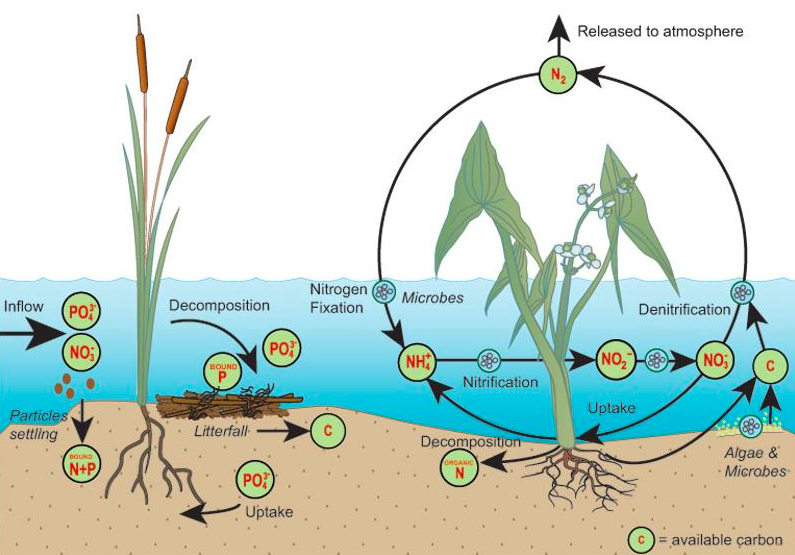CESAP apprentices marsh into action at Kendall-Frost, exploring science and conservation!
Written by Apprentice Jacqueline J. and Jupiter C.
Kendall-Frost Mission Bay Marsh Reserve Field Station.
Introduction
CESAP apprentices in the Nature Access cohort visited the Kendall-Frost Mission Bay Marsh Reserve to learn more about this reserve and its efforts to conserve the natural state of San Diego. Marshes help with storing carbon dioxide and filtering water. Healthy and balanced marshes also help support many different species of animals and plants.
The Kendall-Frost Mission Bay Marsh Reserve is located in Mission Bay, San Diego, and is part of the Natural Reserve System of the University of California. Preserving the natural wetlands of San Diego, this reserve helps protect endangered species, Ridgway’s Rail. These birds naturally live in the marshes, and when the wetlands of Mission Bay were cut down, creating sandy shores and towering buildings, these birds had no place to create nests or \hide from predators.Jupiter, Jacqueline, and their team were taken by surprise at how heavily pollution was affecting the Kendall-Frost Mission Bay Marsh Reserve.
Jacqueline’s Bird Nest Observations
Through CESAP, my teammates and I visited the Kendall Frost Marsh Reserve for an educational tour. A work-study student at UCSD guided us through the preserve and introduced a species of birds I Was not familiar with. While discussing the nesting season, she showed us what their nests look like. I found the nests built for these birds fascinating!
Nest built for Ridgway’s Rails.
We learned that these nests were built for Ridgway's Rail, an endangered species. During the time of the visit, the work-study student brought up how the cordgrass is not quite tall enough for the birds to hide and nest in. To help these birds thrive in the marsh, the community came together to create homes resembling their nests in the wild. These nests both protect the Ridgway's Rails from predators, such as raccoons, and help the Ridgways by giving them a place to raise their young. These homes are made out of woven cordgrass and were built upon a wooden raft, with pipes to help with flotation. Soon after the cone-shaped structures were set out into the marsh, there were many sightings of Ridgway’s Rails inside their new homes. The nests created greatly help these endangered birds be successful and healthy in the wetlands.
Jupiter’s Thoughts on Pollution
During our visit to Kendall Frost Marsh, we participated in a litter walk. The marsh, connected to the San Diego sewage system, unfortunately, experiences a significant amount of trash flow. I was shocked by the litter trapped within the vegetation. Pollutants in marshes are concerning for several reasons. Nearby, a pair of Mallard ducks swam in a shallow channel, reminding us of the importance of protecting these animals and their habitat.
One remarkable adaptation that my teammates and I learned about is the marsh's ability to naturally filter out pollutants, such as oil, from the water. This occurs as the water flow slows down, allowing sediments to settle. The plants in the area absorb harmful chemicals through their roots, while microbial activity helps break down these pollutants into simpler, less harmful substances. They filter water, control floods, and provide essential habitats; pollution undermines these critical functions.
A simplified diagram showing how nitrogen and phosphorus move through a wetland ecosystem, including processes like plant uptake, microbial activity, and sedimentation. Adapted from Kadlec and Knight's Treatment Wetlands (1996), with illustrations from the Integration and Application Network, University of Maryland.
The Future of Our Marshes
Marshes support diverse species and their habitats, and pollution can diminish biodiversity. Contaminated water not only poses risks to wildlife health but to human health as well. Moreover, marshes function as carbon sinks, assisting in climate change mitigation, but pollutants hinder this process. Protecting marshes is essential for ecological balance, wildlife safety, and a healthy environment for future generations.
About the Authors
Jupiter is a student interested in science who loves cats. Jupiter has been involved with CESAP since 2022. Jacqueline, who enjoys both science and reading, joined CESAP in 2024.
References:
Facebook. (2022, September 27). Kendall Frost Reserve. https://www.facebook.com/photo/?fbid=458221733007166&set=a.458221699673836 or https://www.facebook.com/KendallFrostReserve/photos
Natural Reserve System University of California. (2024, May 28). New Kendall-Frost Marsh Reserve Field Station and Community Learning Center opens. https://ucnrs.org/new-kendall-frost-marsh-reserve-field-station-and-community-learning-center-opens/
Natural Reserve System University of California. (n.d). Kendall-Frost Mission Bay Marsh Reserve.
https://ucnrs.org/reserves/kendall-frost-mission-bay-marsh-reserve/
ReWild Mission Bay. (2023, February 8). Why Are Wetlands Important?.
https://rewildmissionbay.org/2023/02/08/why-are-wetlands-important/
San Diego Bird Alliance. (n.d). Conservation Wander the Wetlands.
https://www.sandiegobirdalliance.org/what-we-do/conservation-1/wanderthewetlands.html
The Wetlands Initiative. (n.d). Nutrient Removal. https://www.wetlands-initiative.org/nutrient-removal#:~:text=Wetlands%20are%20able%20to%20remove,slowly%20flows%20through%20the%20 wetland
Vermont. (n.d). Wetland Functions and Values: Surface and Ground Water Protection. https://dec.vermont.gov/watershed/wetlands/functions/water-quality#:~:text=Class%20I%20Wetlands-,Wetland%20Functions%20and%20Values%3A%20Surface%20and%20Ground%20Water%20Protection,and%20trucks%2C%20and%20road%20salts


